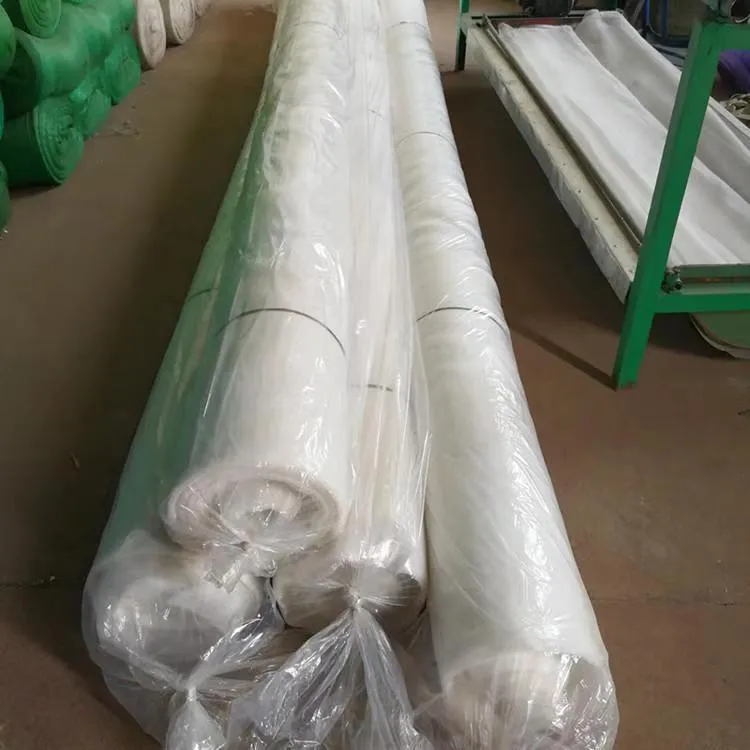-
 Afrikaans
Afrikaans -
 Albanian
Albanian -
 Amharic
Amharic -
 Arabic
Arabic -
 Armenian
Armenian -
 Azerbaijani
Azerbaijani -
 Basque
Basque -
 Belarusian
Belarusian -
 Bengali
Bengali -
 Bosnian
Bosnian -
 Bulgarian
Bulgarian -
 Catalan
Catalan -
 Cebuano
Cebuano -
 China
China -
 Corsican
Corsican -
 Croatian
Croatian -
 Czech
Czech -
 Danish
Danish -
 Dutch
Dutch -
 English
English -
 Esperanto
Esperanto -
 Estonian
Estonian -
 Finnish
Finnish -
 French
French -
 Frisian
Frisian -
 Galician
Galician -
 Georgian
Georgian -
 German
German -
 Greek
Greek -
 Gujarati
Gujarati -
 Haitian Creole
Haitian Creole -
 hausa
hausa -
 hawaiian
hawaiian -
 Hebrew
Hebrew -
 Hindi
Hindi -
 Miao
Miao -
 Hungarian
Hungarian -
 Icelandic
Icelandic -
 igbo
igbo -
 Indonesian
Indonesian -
 irish
irish -
 Italian
Italian -
 Japanese
Japanese -
 Javanese
Javanese -
 Kannada
Kannada -
 kazakh
kazakh -
 Khmer
Khmer -
 Rwandese
Rwandese -
 Korean
Korean -
 Kurdish
Kurdish -
 Kyrgyz
Kyrgyz -
 Lao
Lao -
 Latin
Latin -
 Latvian
Latvian -
 Lithuanian
Lithuanian -
 Luxembourgish
Luxembourgish -
 Macedonian
Macedonian -
 Malgashi
Malgashi -
 Malay
Malay -
 Malayalam
Malayalam -
 Maltese
Maltese -
 Maori
Maori -
 Marathi
Marathi -
 Mongolian
Mongolian -
 Myanmar
Myanmar -
 Nepali
Nepali -
 Norwegian
Norwegian -
 Norwegian
Norwegian -
 Occitan
Occitan -
 Pashto
Pashto -
 Persian
Persian -
 Polish
Polish -
 Portuguese
Portuguese -
 Punjabi
Punjabi -
 Romanian
Romanian -
 Russian
Russian -
 Samoan
Samoan -
 Scottish Gaelic
Scottish Gaelic -
 Serbian
Serbian -
 Sesotho
Sesotho -
 Shona
Shona -
 Sindhi
Sindhi -
 Sinhala
Sinhala -
 Slovak
Slovak -
 Slovenian
Slovenian -
 Somali
Somali -
 Spanish
Spanish -
 Sundanese
Sundanese -
 Swahili
Swahili -
 Swedish
Swedish -
 Tagalog
Tagalog -
 Tajik
Tajik -
 Tamil
Tamil -
 Tatar
Tatar -
 Telugu
Telugu -
 Thai
Thai -
 Turkish
Turkish -
 Turkmen
Turkmen -
 Ukrainian
Ukrainian -
 Urdu
Urdu -
 Uighur
Uighur -
 Uzbek
Uzbek -
 Vietnamese
Vietnamese -
 Welsh
Welsh -
 Bantu
Bantu -
 Yiddish
Yiddish -
 Yoruba
Yoruba -
 Zulu
Zulu
Innovative Window Solutions for Sustainable Plastic Net Designs in Modern Architecture
Embracing the Future Window-Net Plastic Innovation
In an era marked by rapid technological advancement and environmental consciousness, the integration of innovative materials into our lives has become increasingly significant. One such innovation is window-net plastic, a term that embodies a new approach to sustainable living and efficient resource management. This article delves into the concept of window-net plastic, its applications, and its role in shaping a more sustainable future.
Window-net plastic refers to a specialized type of plastic that resembles the texture and structure of a net, often used in applications requiring visibility, ventilation, and lightweight properties. The versatility of this material has led to its adoption in various industries, ranging from construction to packaging, and even in the realm of fashion. The most notable advantage of window-net plastic is its ability to provide barriers without completely obstructing light or airflow, making it a popular choice for window screens, greenhouses, and filtration systems.
Embracing the Future Window-Net Plastic Innovation
Moreover, window-net plastic supports energy efficiency. In construction, utilizing this lightweight material in windows allows for improved insulation and reduced energy consumption for heating and cooling systems. By enabling optimal natural light and ventilation, window-net plastic shields interior spaces from harsh weather while minimizing dependency on artificial lighting. This aspect is particularly crucial as cities around the world strive to meet sustainability goals and reduce their carbon footprints.
window net plastic

In terms of durability and performance, window-net plastic proves to be a robust alternative. Unlike conventional materials that may degrade quickly or require frequent replacements, window-net plastic is engineered to withstand environmental stressors, including UV radiation and extreme temperatures. This resilience not only extends the lifespan of products made from window-net plastic but also contributes to a reduction in overall resource consumption, as less frequent replacements mean less production and waste.
The applications of window-net plastic extend beyond construction into packaging and even apparel. In the packaging industry, for example, this innovative material can be used for creating breathable and visually appealing packaging solutions that protect products while minimizing material usage. Likewise, fashion designers have begun to experiment with window-net plastic, leading to unique, lightweight garments that challenge traditional notions of textile design.
Despite its numerous advantages, the adoption of window-net plastic is not without challenges. The need for widespread awareness and education regarding its benefits is paramount. Many consumers and industries remain unaware of this innovation and its potential to foster environmental sustainability. Collaboration between manufacturers, educators, and environmental advocates is essential in promoting the usage of window-net plastic and demonstrating its positive impact on the planet.
In conclusion, window-net plastic represents a promising step forward in the quest for sustainable materials that balance functionality with environmental responsibility. By embracing this innovation, we can collectively contribute to a greener future, reduce waste, and support efficient resource management. As technology continues to evolve, the possibilities that window-net plastic presents could very well lead us towards a more sustainable and eco-friendly world, where the harmony between human activity and nature is preserved.
-
Shipping Plastic Bags for Every NeedNewsJul.24,2025
-
Safety Netting: Your Shield in ConstructionNewsJul.24,2025
-
Plastic Mesh Netting for Everyday UseNewsJul.24,2025
-
Nylon Netting for Every UseNewsJul.24,2025
-
Mesh Breeder Box for Fish TanksNewsJul.24,2025
-
Expanded Steel Mesh Offers Durable VersatilityNewsJul.24,2025











